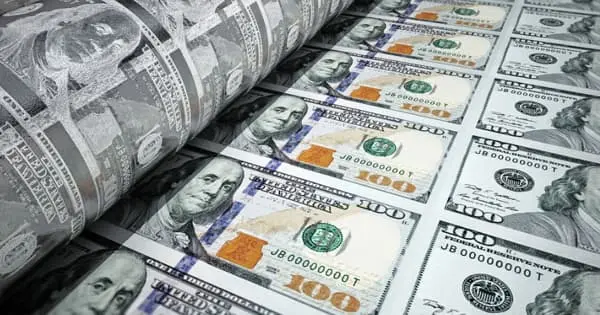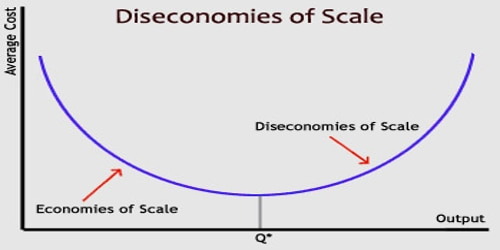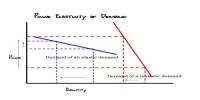Money neutrality, also known as neutral money, is an economic theory that states that changes in the money supply affect only nominal variables and not real variables. It is the belief that changes in the money supply affect only nominal variables in the economy, such as prices, wages, and exchange rates while having no effect on real variables such as employment, real GDP, and real consumption. Modern versions of the theory acknowledge that changes in the money supply may affect output or unemployment levels in the short run; however, many economists today believe that long-run neutrality is assumed after money circulates throughout the economy.
According to the neutrality of money theory, changes in the money supply have an effect on the prices of goods, services, and wages but not on overall economic productivity. It is a key concept in classical economics and is linked to the classical dichotomy. According to the theory, changes in the supply of money have no effect on the underlying conditions of the economy, so aggregate supply should remain constant.
It implies that the central bank’s creation of money has no effect on the real economy (e.g., the number of jobs, the size of real GDP, the amount of real investment). Rather, any increase in the money supply would be offset by a proportional increase in prices and wages. Some mainstream macroeconomic models are based on this assumption (e.g., real business cycle models). Others, such as monetarism, believe that money is only neutral in the long run. Money’s neutrality, according to critics, raises prices and thus has an impact on consumption and production.
The economy is said to be in steady-state equilibrium when money neutrality coincides with zero population growth. According to the theory, all markets for all goods are constantly clearing. Relative prices adjust flexibly and always in the direction of equilibrium. Some economists agree that the theory of neutrality only works in the long run. The assumption of long-run money neutrality underlies almost all macroeconomic theories.
Money’s super neutrality is a more powerful property than its neutrality. It holds that not only is the level of the money supply unaffected by the real economy but also that the rate of money supply growth has no effect on real variables. In this case, nominal wages and prices remain proportional to the nominal money supply not only as a result of one-time permanent changes in the nominal money supply but also as a result of permanent changes in the nominal money supply’s growth rate. Superneutrality is typically addressed in the context of long-run models.
A macroeconomist studying the monetary policy of a central bank, such as the Federal Reserve, can see an example of money’s neutrality (Fed). The macroeconomist does not assume that changes in the money supply will affect future capital equipment, employment levels, or real wealth in long-run equilibrium when the Fed engages in open market operations. These variables will remain constant. This provides the economist with a much more consistent set of predictive parameters.
















